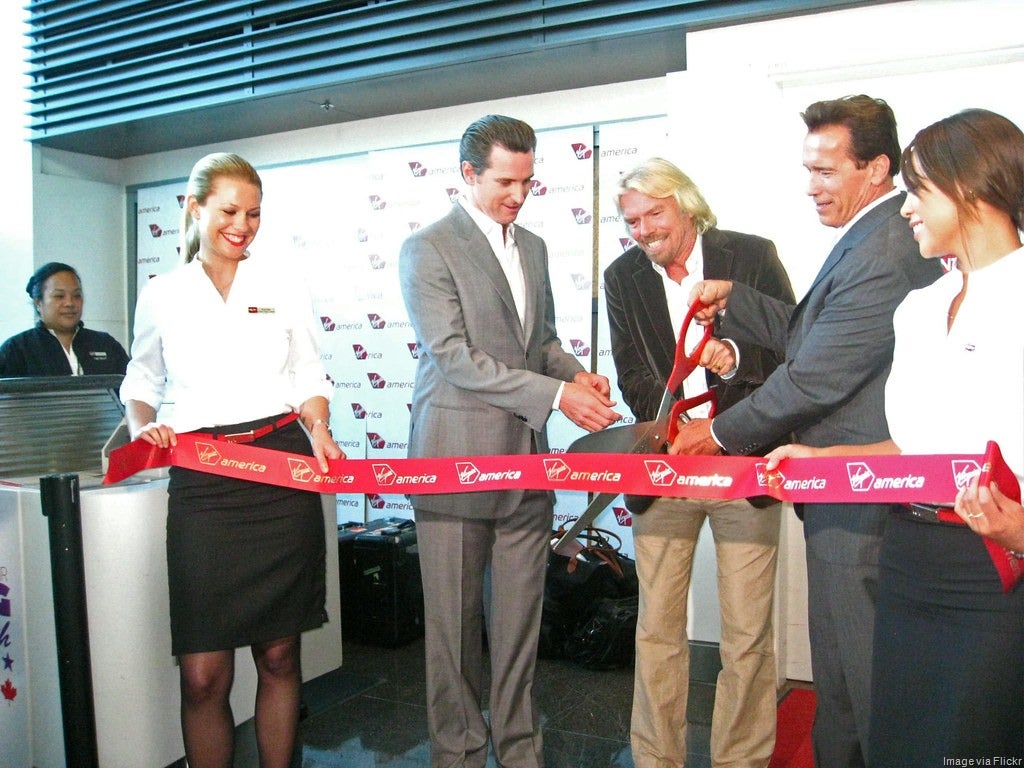
Most startup ideas begin in the mind of an individual, but an idea is not a business. It takes a team, with effective leadership, to build a business. Many aspiring entrepreneurs default to team leadership by domination and control. Yet in my experience, the best entrepreneurs quickly learn the art of people connection. They connect and inspire the right people to achieve more with less.
Connected leaders often become transformational for people and the company, as they use their people insights to incent a new level of performance, leaving team members feeling proud and deeply satisfied. Richard Branson, for example, often makes a point of rewarding outstanding people by taking them aside and telling them that they are now in charge of the new company.
The principles of connected leadership are outlined well in a classic book, “The Vitality Imperative,” by Mickey Connolly, Jim Motroni, and Richard McDonald. As principals of the Conversant consultancy, they speak from experience in improving people connectivity and leadership through working with over 400 organizations in 100 countries.
While their focus has been primarily larger organizations, I believe the principles they espouse are equally applicable to startups and small businesses. Here is my extrapolation of their key elements of connected leadership into the entrepreneurial world:
- Be visibly present and aware of individual sensitivities. In the chaos of a startup, it’s easy to have “not enough time” to listen and relate to individual members of the team. As a result, impatience increases and effectiveness declines, leaving even more to be done. Presence without prejudice increases leader trust, and enjoyment of work by all parties.
- Seek to appreciate team goals, worries, and circumstances. People in a new venture are not mechanical elements. Align your leadership practices with human nature, which requires empathy. In any organization, large or small, empathy improves accountability, accelerates learning, increases influence, and facilitates future planning.
- Define and highlight a business purpose, beyond profit. A common purpose creates a community. Process without purpose leads to frustration and bureaucracy. The tangible benefits of a purpose, such as reducing environmental pollution, include making work more meaningful, promoting teamwork, and improving personal role commitment.
- Speak the truth, even if painful, over avoidance and deception. Authenticity creates trust, accelerates the solution process, improves agility and resilience, and inspires innovation. Some leaders avoid candor to reduce employee fear, and others to induce fear. But the most destructive fear is the fear of deceit, only eliminated by authenticity.
- Outline future potential for the business and the person. Connected leaders don’t let probability and ordinary work destroy possibility. Seeing wonder in the future breaks the grip of the past, redeems mistakes, creates options, and ignites vitality. This leads to new connections and creates new possibilities for the venture and the person.
- Build a culture of innovative evolution after initial revolution. Startups often begin with a revolution, but continuous revolution is risky and stressful. A better sense of timing is a commitment to an agile, ever-evolving venture, where the return on investment can be predicted. This improves team leverage, getting more out of time, money, and talent.
- Leverage small surprising results into repeated cycle momentum. Momentum is a powerful multiplier that supercharges community, contribution and choice. Surprising positive results are energizing, cause people to update their beliefs, and cause positive chain reactions. Connected leaders share the lessons and show due appreciation.
The vitality of a startup team, and the founder leadership provided, are more key to startup success than the potential of the initial idea. This is why professional investors will tell you that they invest in people, rather than ideas. How much value can the principles of connected leadership bring to your new venture?













